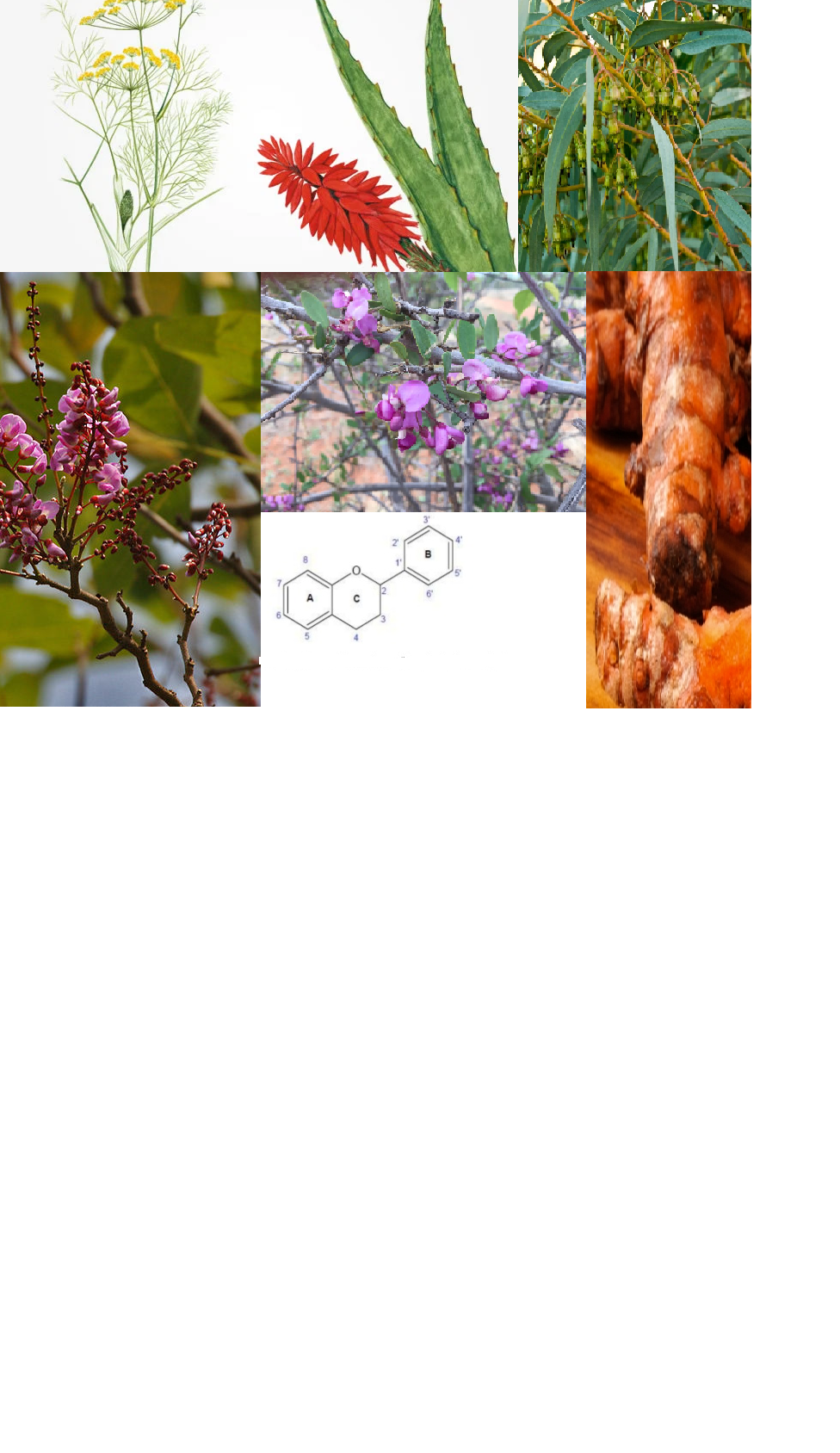Phytochemical and antibacterial in vitro analysis of millettia aurea extracts on neisseria gonorrhoeae
Keywords:
Palavras-chave: Extratos de Millettia aurea, análise fitoquímica, atividade antimicrobiana, gonorreia.Abstract
Alkaloids, flavonoids, tannins and saponins belong to secondary metabolites whose main activity is to defend and protect the plants that were produced. This work aims to analyze the bioactive substances of Millettia aurea extracts with inhibitory potential on bacteria that cause sexually transmitted diseases, focusing on gonorrhea. The methods used were analytical, which consisted in the identification of alkaloids, flavonoids, tannins and saponins, through the display of coloration and precipitate formation, as well as the UV/VIS spectrophotometric method for their quantification. Antibacterial analysis was performed in vitro, where Neisseria gonorrhoeae was grown on MacConkey agar medium and incubated for 1 day. Hallos of inhibition and percentage of lethality were measured. The minimum inhibitory concentration was determined through the lowest concentration of extracts that completely inhibited bacterial growth. The M. aurea root exhibited the presence of alkaloids, flavonoids and tannins, the alkaloids being the most concentrated. For the aqueous extract of the leaves of the same plant, the aforementioned metabolites also presented with maximum advantage in terms of concentrations, the flavonoids. The plant secondary metabolites already identified have a relationship with the antibacterial activity Neisseria gonorrhoeae








